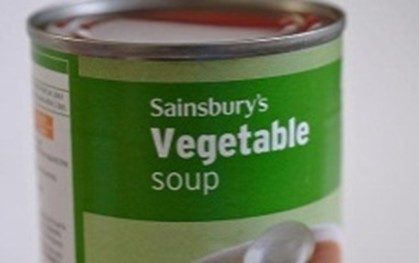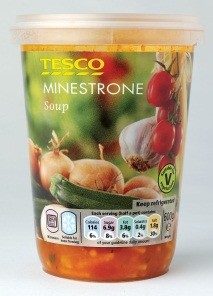Marketing Mix – Product
The product is the good or service that has been produced – it must meet the wants and needs of the customer.
Different c ustomer groups have different requirements so most businesses will produce different versions of the products for different market segments. For example Kelloggs have Frosties for children, Special K for the weight conscious.
ustomer groups have different requirements so most businesses will produce different versions of the products for different market segments. For example Kelloggs have Frosties for children, Special K for the weight conscious.
An organisation may decide to produce several different products with different uses but marketed under the same brand.
This way they may benefit from each customer buying more than one of their products as they may develop a loyalty to the brand. This can help spread the risk of failure if one product falls from favour.
The Product Life Cycle
The product life cycle shows the stages a product may pass through over time, with the impact on levels of sales and profit at each stage.
Research & Development Stage
An organisation that diversifies (produces different types of products) and innovates (has ideas for new products) is likely to succeed in satisfying wants and needs of customers over time.
The stages in research and development of a product are:
- Come up with an idea for a new product (innovate/diversify).
- Carry out market research to check demand and existing competition.
- Develop a prototype (trial version) of the product and test market
- Review test marketing findings and modify the product as required.
- Organise factors of production – suppliers, workers, equipment.
- Make marketing decisions eg price, place and promotion.
At the research and development stage, there are no sales and therefore no profits.
Introduction Stage
The product is launched on the market. Customers have limited awareness and may be unlikely to try it in place of products they have been buying for some time.
Sales are slow and the product will not yet cover costs and make a profit.
Marketing activities are needed to establish the product in the market.
Growth Stage
Due to successful marketing activities, customer gain awareness and are more willing to try the product.
Sales gradually increase during this stage. Marketing activities continue to build up customer loyalty.
The product may begin to cover costs and may make a profit at this stage.
Maturity Stage
The product is well established in the market with trust and confidence from its customer base.
Sales and profits are at their highest levels.
Competitors may begin to notice of this success and may consider entering the market.
Marketing activities must continue so that the product can continue to hold its own in the market.
Decline Stage
Consumers may become tired of the product and switch to newer products offered by competitors.
The product may have become obsolete due to advances in technology or changes in customer tastes.
Sales begin to fall and therefore profits begin to fall.
Diagram showing the different stages of a product life cycle:
Product Branding
A brand is a product or range of products with unique and/or recognisable features – eg we all recognise products from Heinz, Cadbury, Virgin or Coca-Cola.
Brand identity may take the form of a logo, slogan or distinctive packaging or colour scheme.
The aim of branding is to make the product instantly recognisable to the consumer, and to develop customer confidence in the quality and reliability of the product.
Benefits of Branding
- Customers develop brand loyalty
- Customers will make repeat purchases
- Customers may be willing to pay more for branded product eg Rolls Royce, Calvin Klein.
This is known as a premium brand. Other brands may market themselves successfully on being a ‘budget’ option.
- Launching new products under the brand name may be easier as consumers already trust the brand and so may be willing to try other products under the brand.
- It can be most cost-effective to promote the brand as a whole rather than to promote all the individual products in the brand range.
Drawbacks of Branding
- If a customer has a bad experience with one product in a brand range, it may put them off buying others in the range.
- It can be hard to prevent other organisations from imitating brands
- Costs of establishing and maintaining a brand can be high
Own Brand Products (Own Label)
Many large retailers – eg Tesco, Sainsbury and Boots – sell a range of goods branded under their own store name eg Tesco Finest and Tesco Value.
These products challenge premium brand names as the products may be of a similar quality, with similar packaging but are cheaper than branded goods.
Consumers can become loyal to a supermarket brand as it offers better value for money – making for cost effective own-brand advertising.
Other advantages and disadvantages of premium branding also apply.
Product Packaging
When choosing how to package their products, an organisation needs to think about the following:
- Brand image – the quality of the packaging may influence customer perception of the quality of the product.
Packaging that is eye-catching will attract attention of customers and be more memorable.
- Environmental awareness – there is much concern about the quantity and nature of packaging and the impact of waste.
Packaging may need to be reduced and made of renewable resources (not single use) in order to satisfy environmentally conscious customers.
Reusable packaging may be more costly, but reducing packaging should reduce costs.
- Protection level – the packaging must adequately protect the product from damage or deterioration so that customers will not be disappointed. Otherwise, customers will be returning damaged products and the organisation will have to refund or replace the product.





